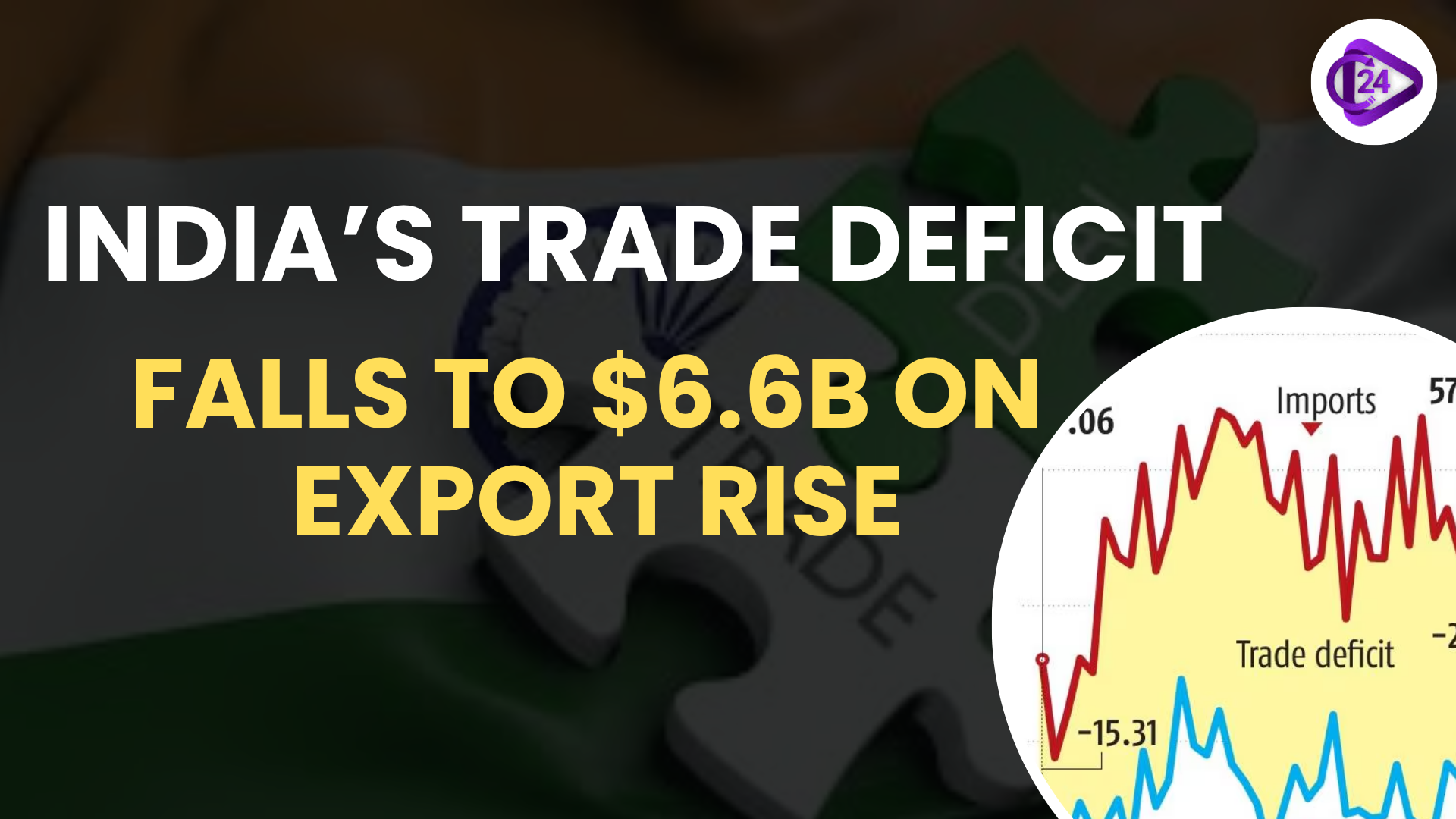
The decrease in trade deficit in India is attributed to fall in oil prices and excellent output in the services export sector. The development has consequences to the economic capabilities of the country and trade policy. The positive growth of exports by 2.8 and a negative change of total imports by 1 was conducive in contributing to the improvement in the balance of trade. There is a drop in merchandise exports but growth in non-petroleum exports indicating that the export sector has some strength. The decline in oil prices significantly contributed to a decline in imports. The move is part of the Indian move towards economic stability and lessening the reliance of imports elsewhere.
Context
-
The trade deficit in India is reduced by a large margin of $6.6 billion in May 2025, giving an increase in the total exports and particularly the services sector.
Key Points
-
Trade Deficit:
-
Trade deficit was reduced to 6.6 billion which was 30 % in May 2024.
-
-
Export Growth:
-
Export sector rose by 2.8% to 71.1 billion dollars.
-
Export of services gained by 9.4% or to 32.4 billion.
-
-
Merchandise Exports:
-
Exports of merchandise also declined with a setback of 2.2 % to reach 38.7 billion.
-
There was an increase of 5.1% in non-petroleum exports.
-
-
Imports:
-
Merchandise imports went down by 1.7%.
-
The imports of non-petroleum increased by 10%
-
There was an increment in services imports by 1.5%.
-
The number of imports declined over 1%.
-
-
Effect of Oil Price:
-
Declining oil prices were also key factors to the dropping of the merchandise imports.
-
The dynamic price of oil in the international markets influenced export of merchandise.
-
About Trade Deficit
What is the trade deficit?
-
When imports of goods and services are more than exports by a nation is known as the trade deficit.
-
It is the opposite of the value that a country imports to a country and exports during a given time period.
-
Bad balance in trade occurs when the value of the imports are bigger than the value of exports.
-
This may be considered as an indicator that the nation is living beyond its means, which is financed either through borrowing or external investment.
Importance of trade deficit
-
Services Strengths:
-
India is in the lead on IT and pharmaceuticals making it possible to have a trade deficiency on goods.
-
Service export surplus facilitates increment of imports without undermining the economy.
-
-
Investment Destination:
-
The number of foreign investments translates into a surplus in the capital account which offsets the deficit in the current account.
-
It is only logical that a surplus accompanies an investment strategy of India.
-
-
Competitive Exports:
-
Trade deficit exerts downward pressure on the currency thus helping in making exports cheaper and thus competitive.
-
-
Positive Current Account Deficit:
-
Current account balance of about 2 % of gross domestic product is manageable in India.
-
-
Comparative Advantage:
-
India exports services and imports those goods in which it develops lower production advantage.
-
-
Manufacturing Growth:
-
Manufacturing is boosted through imports of items such as machinery to help in the Make India initiative.
-
-
Increased Demand Ability:
-
Imports equalize the living standards by giving a wide range of goods.
-
-
Economic Flexibility:
-
When the national production finds itself in a short brand, imports step in to avoid the inconvenience.
-
-
Economic Integration:
-
Trade deficits are an indication of international integration which makes them available to essential imports.
-
Disadvantages of trade deficit
-
Economic Sovereignty loss:
-
Repeated losses can result in losing control over national resources to foreign acquisition.
-
-
Higher Unemployment:
-
Trade deficits can lead to loss of employment as local industries cannot cope with imported cheap goods.
-
-
Hypothesis Twin Deficits:
-
Trade deficit being associated with the budget deficit involves taking loans to fill the gap.
-
-
Deindustrialization:
-
Foreign competition could reduce domestic manufacturing because long-term deficits are experienced.
-
-
Crisis in Balance of Payments:
-
When the government exorbitantly borrows money in an effort to fund its deficit, this may precipitate a Balance of Payments crisis.
-
What is Required to Achieve Balanced Trade?
-
Export Credit Support:
-
Promote low cost export credit to MSME so as to enhance competitiveness.
-
-
Logistics Infrastructure:
-
Enhance the efficiency of logistics such as PM GatiShakti and National Logistics Policy.
-
-
Free Trade agreements (FTAs):
-
Make sure that FTA offers favorable conditions to key imports to satisfy the demand.
-
-
Participation in Global Value Chain (GVC):
-
Promote GVCs to make Indian firms to be exposed to a wider sector where production can be exported more.
-
-
Domestic Manufacturing:
-
In order to increase manufacturing in the country, start up PLI programs and reinforce Districts as Export Hubs.
-
-
High-Value Trade:
-
Export high value products such as EVs, renewable energy and defense equipment.
-
-
Export Basket Diversification:
-
Increase sales of defense, aerospace and renewable energy to narrow the trade deficit.
-
-
Moving in Sanitary and Phytosanitary Barriers:
-
Reach customers in new markets by breaking the trade barriers in the high-income economies such as the US.
-
Conclusion
The positive aspect of the growing service exports and the declining oil prices is seen in the decreased trade deficit in India as part of the overall attempt to get the trade balance. Although this contraction of merchandise exports is a challenge, the increased non-petroleum exports and services sector will give a stronger basis of trade policy in the future. India's long-term trade strategy and economic stability will be based on strengthening its own manufacturing sector and minimizing its own oil importation dependency.
UPSC Prelims Practice Question
Q.1 What was the main factor that could have led to a lower trade deficit in India in the month of May in India in 2025?
-
This is due to the decrease in oil prices.
-
19.4% growth in the export of services
-
Fall in exports of merchandises by 2.2%
-
10% more imports of non petroleum products
Select the correct answer using the code below:
(a) 1, 2, and 3 only
(b) 1, 2, and 4 only
(c) 1, 3, and 4 only
(d) 2 and 3 only
UPSC Mains Practice Question
Q.1 Discuss the effect of the reducing trade deficit in India in May 2025 on the Indian economy, its trade policy specifically on export credit and infrastructure in logistics and the input of the service-rich industry in balancing the trade. Outline the possible challenges and benefits of closing the trade gap and steps to be taken in policy in order to maintain the same.



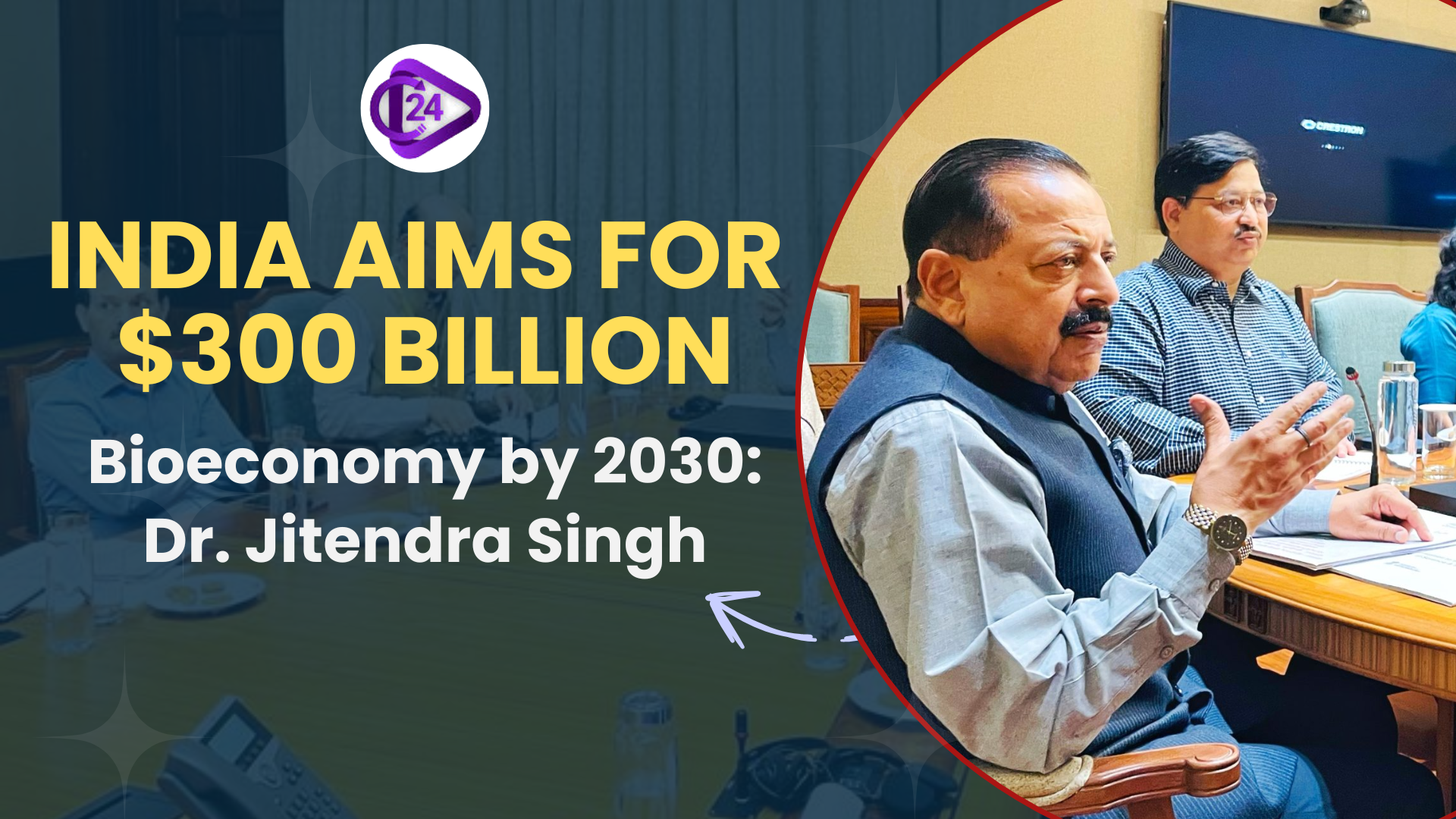 India Targets $300 Billion Bioeconomy by 2030: Dr. Jitendra Singh Unveils Vision at World Bioproduct
India Targets $300 Billion Bioeconomy by 2030: Dr. Jitendra Singh Unveils Vision at World Bioproduct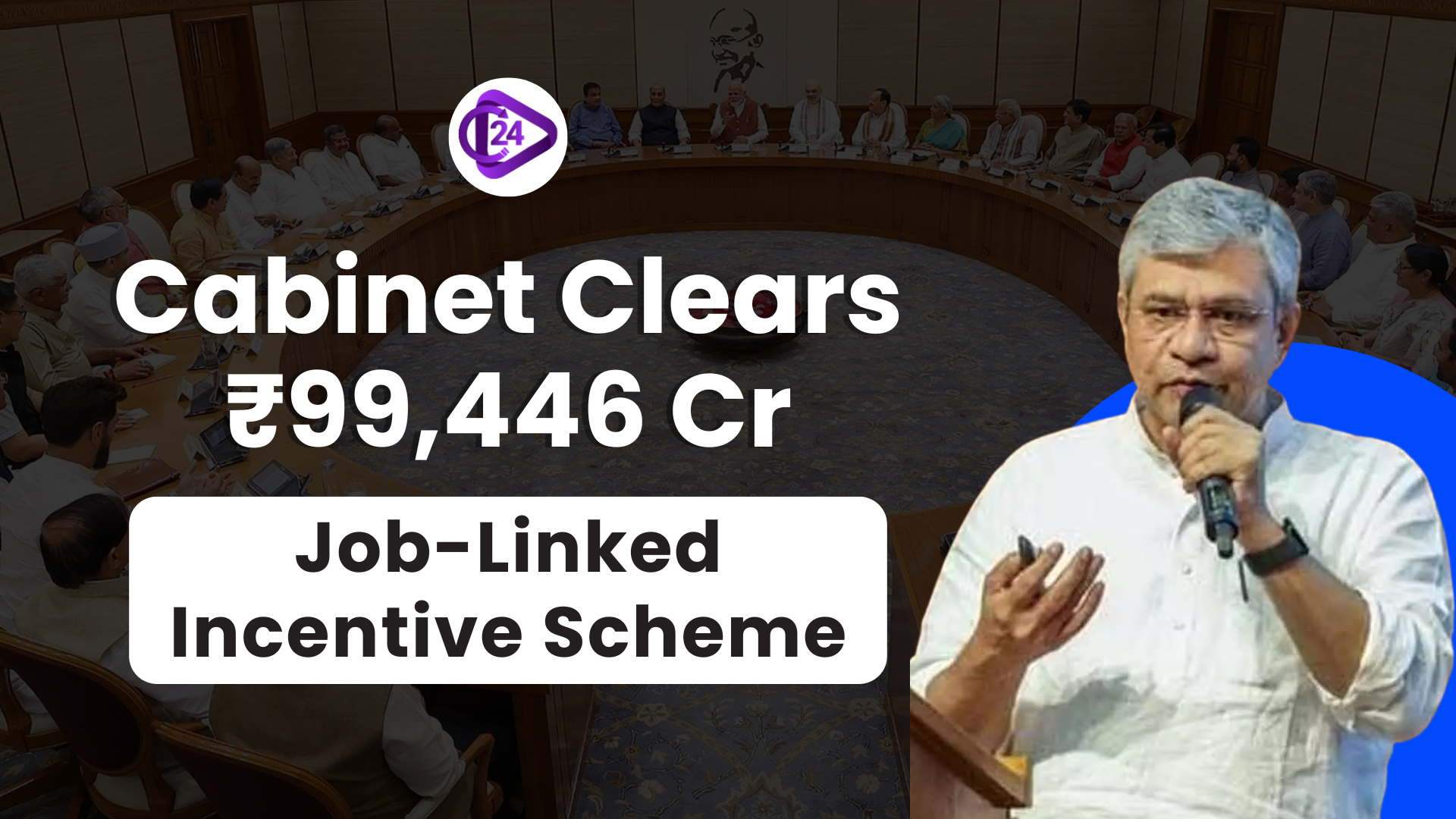 Cabinet Approves ₹99,446 Crore Employment-Linked Incentive Scheme
Cabinet Approves ₹99,446 Crore Employment-Linked Incentive Scheme Railway Fare Hikes Effective from July 1: 2 Paise per Km for AC, 1 Paise for Non-AC Travel
Railway Fare Hikes Effective from July 1: 2 Paise per Km for AC, 1 Paise for Non-AC Travel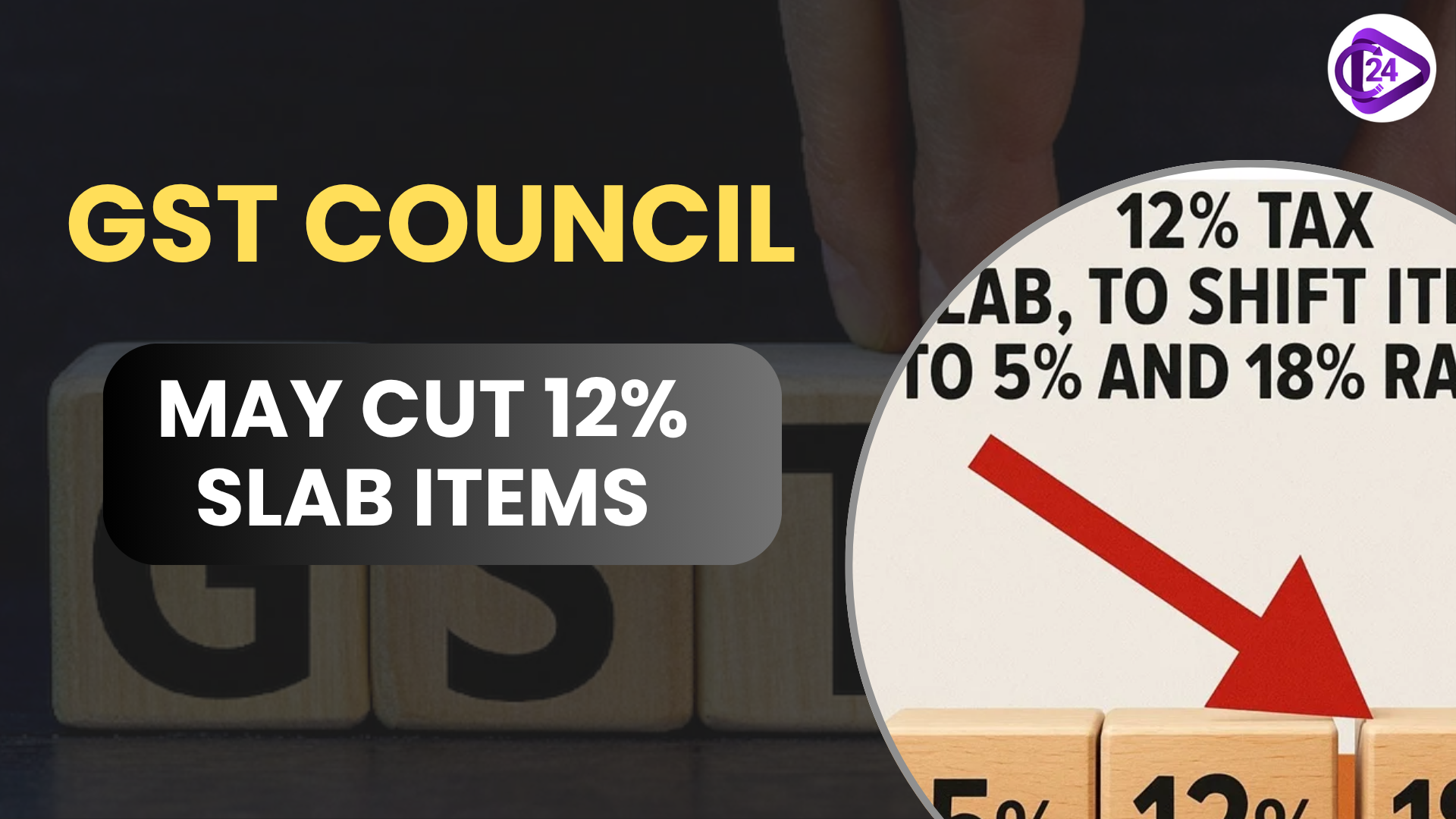 GST Council to Discuss Reducing Items in 12% Slab
GST Council to Discuss Reducing Items in 12% Slab MCA21 Portal: Streamlining Corporate Compliance in India
MCA21 Portal: Streamlining Corporate Compliance in India India’s Rice and Tea Exports Disrupted by Iran-Israel Conflict
India’s Rice and Tea Exports Disrupted by Iran-Israel Conflict India’s Population Reaches 146.39 Crore, Fertility Rate Drops Below Replacement Level: UN Report
India’s Population Reaches 146.39 Crore, Fertility Rate Drops Below Replacement Level: UN Report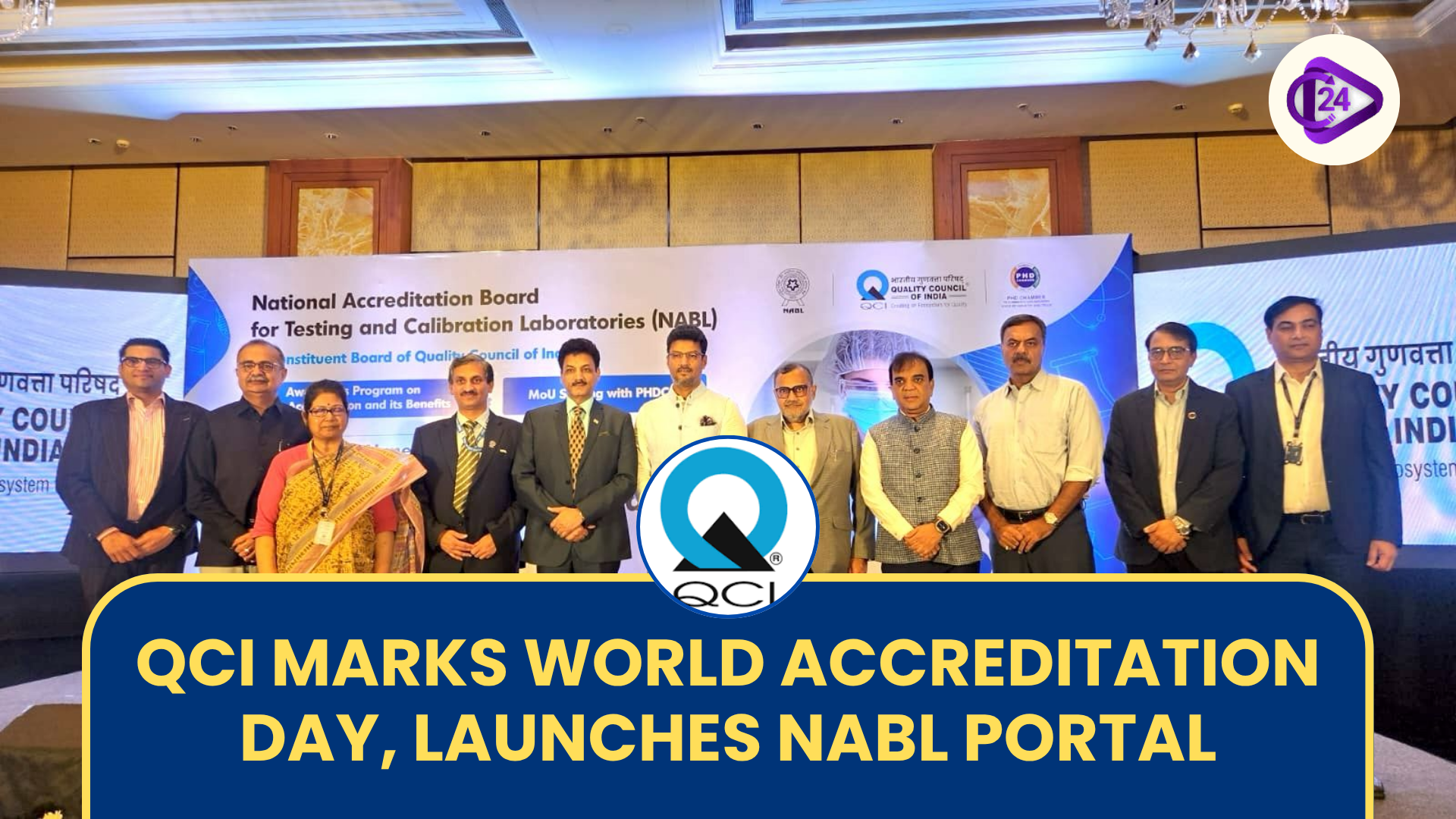 QCI Commemorates World Accreditation Day 2025 and Launches Revamped NABL Portal
QCI Commemorates World Accreditation Day 2025 and Launches Revamped NABL Portal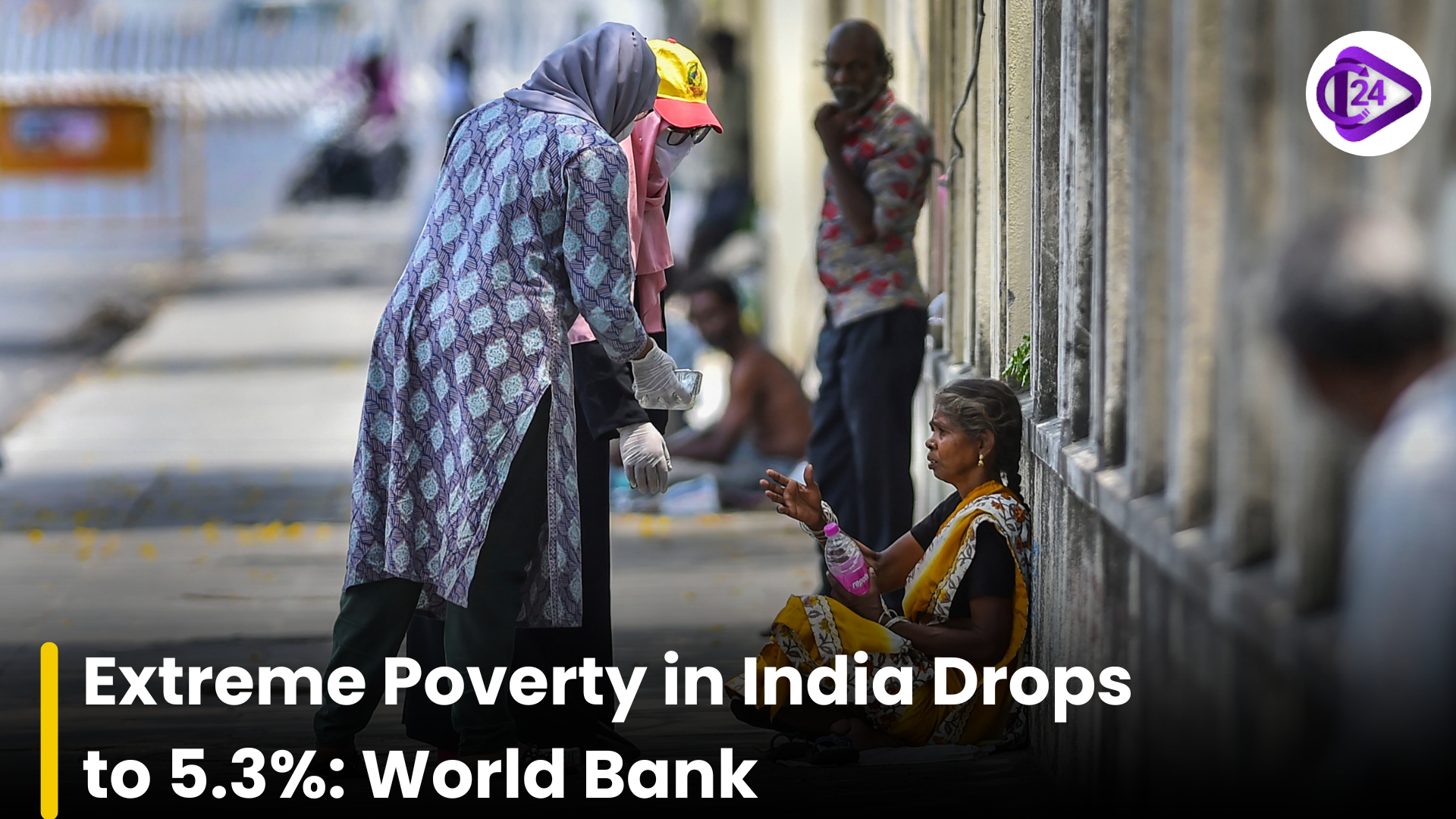 Extreme Poverty in India Falls to 5.3% in 2022–23: World Bank Report
Extreme Poverty in India Falls to 5.3% in 2022–23: World Bank Report






